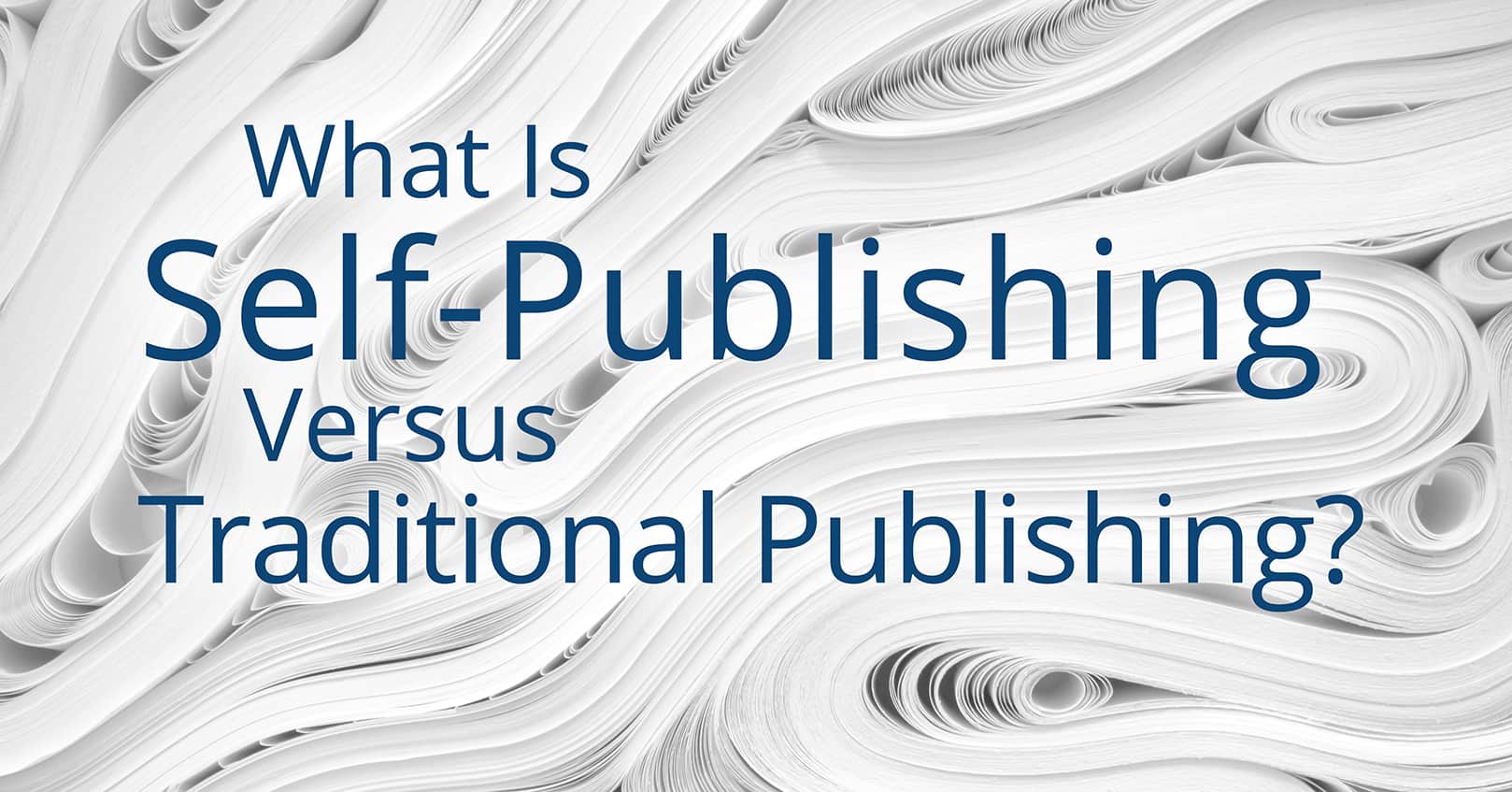
Self-publishing is when an individual author publishes their work without going through a publishing house. The author is in charge of having the book edited, finding a cover designer, formatting the book for ebook and/or print, publishing the book on retailers, deciding whether or not to do an audio version, and promoting the book to make sales. In the past decade, self-publishing has become a common venture, with many authors achieving landmark success and gaining the respect of the publishing industry independent of any traditional publisher. Thus the term indie publishing is now customarily used among self-publishing authors.
The History of Self-Publishing
Before the 1990s, books were printed through offset printing, an expensive process where metal plates are created for each signature (group of pages) in the book, then inked and stamped onto large sheets of paper. Those papers are then folded, cut, and stitched together. To make the cost of all this work economical, offset printers require a larger of print run before they’ll actually print a book—usually at least 500 copies. Of course, the cost for this, and the huge task of distributing all those books, is out of the reach of an individual.
In the late 1990s, print-on-demand (POD) technology was improved enough to be used to print books. With POD, a machine can print a book one at a time with a high quality laser jet or inkjet printer, then collate and bind the book. The price per book with POD is slightly higher than with offset printing, but it negated the need to keep a large inventory, or shell out a chunk of money to print books you didn’t know you’d sell. While publishing houses still use offset printing for their large print runs, POD has allowed authors to self-publish their books in the print format.
On the digital side, the first ebook was created in 1971, but it wasn’t until the 2000’s, when companies started creating ebook readers, that ebooks really started to take off, and so did indie publishing. Now authors can publish their own ebooks online, and even distribute their POD book through online channels as well. Self-publishing has never been easier!
The Difference between Self-Publishing and Traditional Publishing
Here’s a comparison of the two ends of the publishing spectrum. But keep in mind that that there is a sliding scale between the two, since a traditionally published author will have more freedom with a smaller press, and a self-published author can pay a self-publishing service that will take care of editing, cover design, and formatting.
| Self-Publishing | Traditional Publishing |
| You write the book. | You write the book. |
| You don’t use (or pay) an agent. | You need to find an agent to represent you. |
| You can choose when to publish. | The agent has to sell your book to a publisher. |
| You choose whether or not to publish your book. | You’ll likely be rejected by publishing houses many times. |
| You don’t make money until you make sales. | You get an upfront advance in royalties for your book. |
| You find and pay for an editor. | They professionally edit your book. |
| You choose what edits to apply. | They may require you to change parts of your book the editor wants to change. |
| You have a cover you like made and pay for it (or you make a cover). | They create the cover on their own dime, with little to no input from you. |
| You pay for formatting (or format it yourself). | They format it in all versions. |
| You publish it on online retailers. | They publish it on online retailers. |
| Your book likely won’t appear in a bookstore. | They print the book and place it in bookstores. |
| The editing and publishing process can be done as quickly as you’re able to complete the self-publishing steps. | The editing and publishing process takes 1-3 years after your written book is accepted by a publishing house. |
| You make 35-70% royalties, depending on the retailer. | You get around 10-12.5% royalties after your book earns the advance you received before publishing. |
| You promote your book. | They will do limited promotion for your book, but much of the promotion will still fall to you. |
| You control the price of your book, including temporary discounts and promotions. | They control the price of your book. |
| You keep all the rights to your book. | They keep the rights to the book (until the rights expire—usually when the book goes out of print but with POD and ebook, this has become problematic). |
| You can update or republish your book at any time. | You cannot update your book unless they choose to do so. |
Is indie publishing or traditional publishing better? That depends on what you’re looking to accomplish and how much work you’re willing to put in. But self-publishing is becoming more and more popular as the barriers to publishing continue to be torn down. You can read the pros and cons of self-publishing here to get a better idea of whether it will work best for your goals.
Are you self-published or traditionally published? Or just getting started and figuring out how to publish your book? Let us know in the comments below!
















Comments